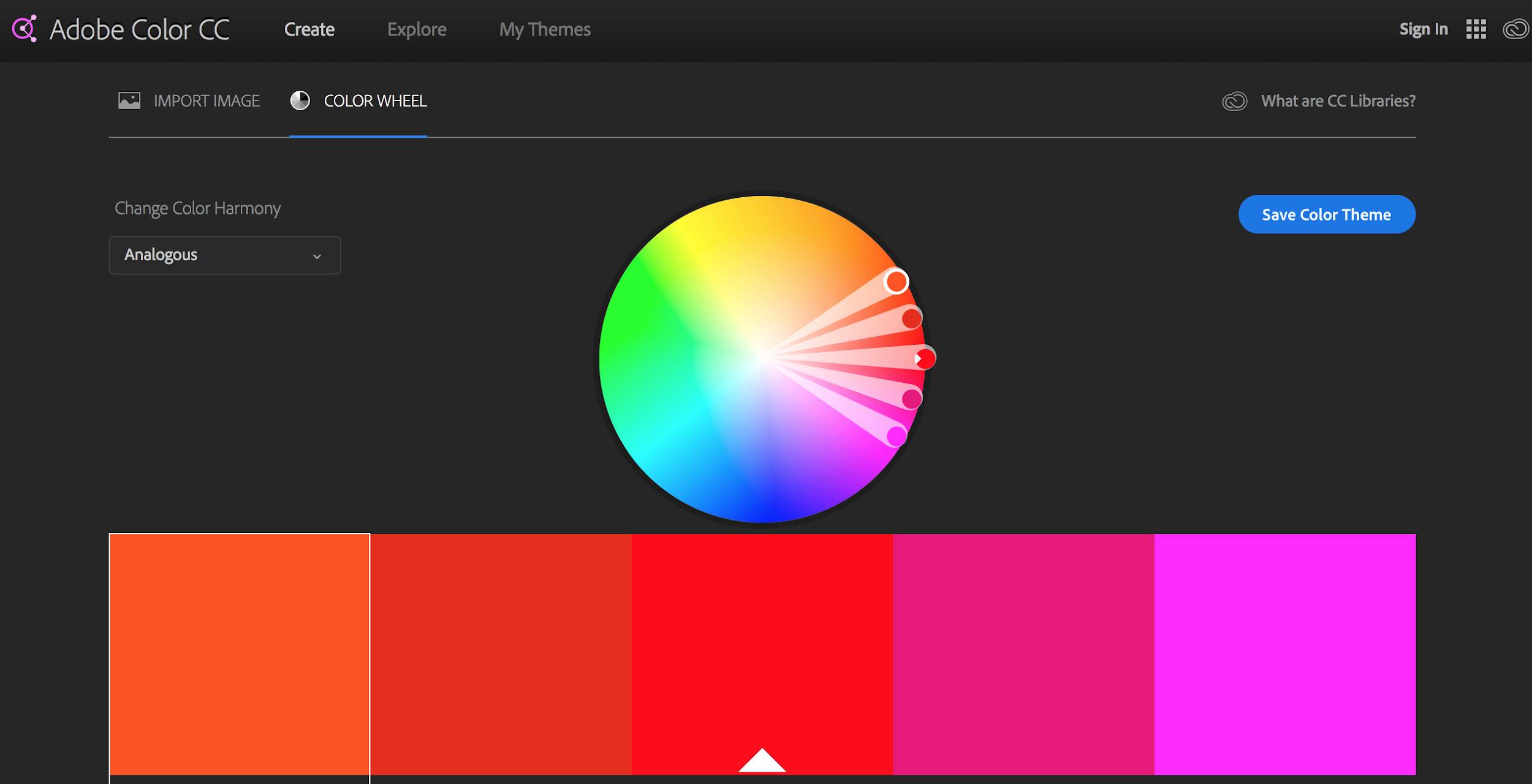

- #Photoshop elements make color palette from image how to#
- #Photoshop elements make color palette from image full#
Step 5: Save Your PhotoĪll that’s left to do is to click Save at the top of the screen, then select your desired save location.
#Photoshop elements make color palette from image full#
Once you’re happy with how your replaced colors look, simply click Apply to apply your changes. Simply select Image > Mode > RGB Color from the top of the screen to change the color mode, allowing you to work with the full range of colors. Adjust the Brush Size accordingly, then paint over those areas with your cursor to remove the transparency. If there are some areas of your photo that you don’t want to replace, click on the Erase tab next to the Adjust tab. To do that, just click Edit on the top menu, then choose Convert to Profile. Step 4: Use the Erase Tool for More Precise Editing First, you have to convert your picture to the LAB color space. From the Color Picker that appears, you can select a new color, type in a specific color’s HEX code, or even use the eyedropper tool to select a color already present in your photo.

To replace the transparent areas with a new color, click the box next to Target Color. If you wish to swap it with a new color, however, keep reading! Step 3: Select Your Target Color If you want to keep the transparent background, simply click on the Apply button to confirm it. You can use the Tolerance slider to increase or decrease the sensitivity of the color you're replacing. When you click on the color you wish to change, you’ll notice that any area with that particular color becomes transparent, since the Target Color defaults to creating a transparent background. In this example, we’re swapping the blue sky for another color, so have selected that shade of blue. Next, click on the box next to Source Color and use the eyedropper tool to select the color from your photo that you wish to change. Step 1: Navigate to the Replace Color toolĬlick on Edit in the menu on the left, then select Replace Color. Ready to use our amazing color replacement tool? Head to the Photo Editor and upload your photo by selecting it from the Open menu, or simply drag-and-drop the image file into the interface. Take your time with it then when you're happy save the time - it's as easy as that.How to Replace Colors in Your Images With BeFunky You do this from the top menu bar that pops up when you select the brush tool. You can adjust the brush size and opacity so when you're working with tricky sections, you can reduce the size of the brush. Painting with black will bring colour back into the image but if you paint too much in just change the foreground colour to white and paint back over the area. Select the Paintbrush Tool, make sure the foreground colour is set to black and paint over the area of the image you want to make 'pop' with colour. When the adjustment panel opens, adjust the sliders until you're happy with how the image looks.

We are creating an adjustment layer as you can go back and tweak the layer if you're not happy with the results and it means we can paint the colour detail back to produce the 'pop' we are looking for. Set up everything as before (Choose the same document as the source and the background image for the Layer. To do this, click on the black & white circle that's at the bottom of the Layers palette and select black & white. We are going to turn the image black & white by creating a new adjustment layer. This technique works better on designs/illustrations than photographs.Thanks for wa.
#Photoshop elements make color palette from image how to#
Colour Popping In Adobe Photoshop: A How-To TutorialĬolour Popping in Adobe Photoshop is rather straightforward and with just a few steps, you can have an image that's colour-popped in no time at all.Īfter opening your image up in the software, you need to follow these steps: Today we learn how to generate a Photoshop colour palette from any image.


 0 kommentar(er)
0 kommentar(er)
